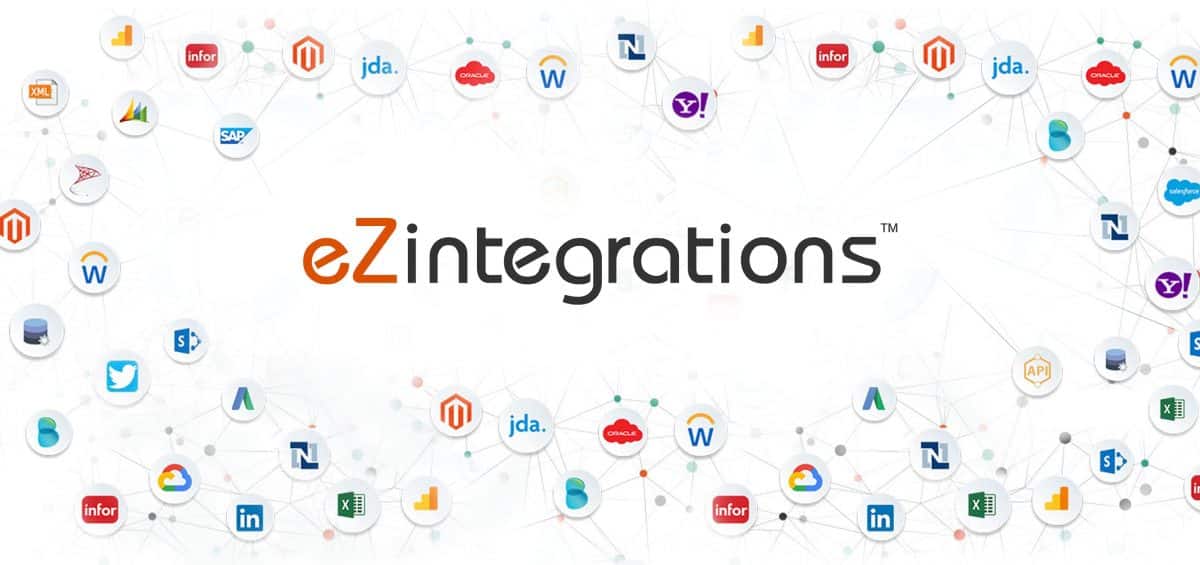
researchHQ’s Key Takeaways:
- Flexibility is critical to effective threat remediation, making it a top priority for security & networking providers.
- Significant increases in remote working have stretched the edges of company network perimeters further than ever before.
- Security-driven networking allows organisations to deliver premium services with effective monitoring and defence.
Start reading and you will find many articles and estimates about when organizations are planning to bring employees back to the office. And you won’t be blamed for thinking there are as many expert opinions on the subject as there are individual organizations grappling with the question.
Many, particularly international firms, report a range of worker concerns about adequate protections and too-hasty returns to “the old normal.” Chief Financial Officers are increasingly careful about their outlook, with fewer than 20% believing their companies could resume “business as usual” within a month if the COVID-19 crisis were to end today.
With so much variation in the outlook, information technology teams struggle to get a handle on whether they should be preparing for a significant return to the office or maintain a permanent hybrid model. And network flexibility is the least of their concerns. Security needs in particular have had to shift rapidly to accommodate WFH scenarios, and traditional security solutions require a significant amount of heavy lifting to shift between different business models. Now, IT leadership and their teams have been tasked with planning for the next 12 to 24 months based on a range of potential in-person/work-from-home (WFH) scenarios, the balance of each depending on geography, capacity, public infrastructure, and many other variables.
Those variables are critical for planning but weighing them—especially as a series of trade-offs—is the wrong way to think about cybersecurity. Forward-thinking security and networking providers, who help manage everything from the user experience of a remote-connected worker to the security of that worker’s connections to business applications in the cloud, must be able to offer security for any of these scenarios, adapting dynamically as requirements and plans change, ensuring scalability for any scenario as needed.
It isn’t a question of “we’ll be the best provider for a remote-heavy workforce” or “we’ll be the best provider when work inevitably resumes with a majority of employees in-office or on-campus.” Instead, providers need to be able to flexibly, but securely address all scenarios. The smartest providers are already using this historic period as an opportunity to invest in innovation, including in advanced technologies like software-defined wide-area-networking (SD-WAN)to not just support traditional branch offices, but to enable the home office as the new branch. The key to making the right investments is thinking about security and networking as a converged solution, rather than as discrete elements. So, how is this accomplished?
Converging Security and Networking to Enable Any “Edge” at Any Scale
Digital innovation, work-from-home, the Internet of Things, and other macro-trends have forced nearly every organization to redesign their networks to provide a better user experience for both employees and customers. The so-called network perimeter, which was once a narrow point of access at the edge of the network, now extends across the entire IT infrastructure and beyond the traditional trusted zone. This introduces new requirements across all of the edges that make up the new network—the data center, WAN, local-area network (LAN), remote workers, and cloud access. And COVID-19 has further underscored the need for business continuity plans that include flexible, anywhere, anytime, secure remote access—at scale.







